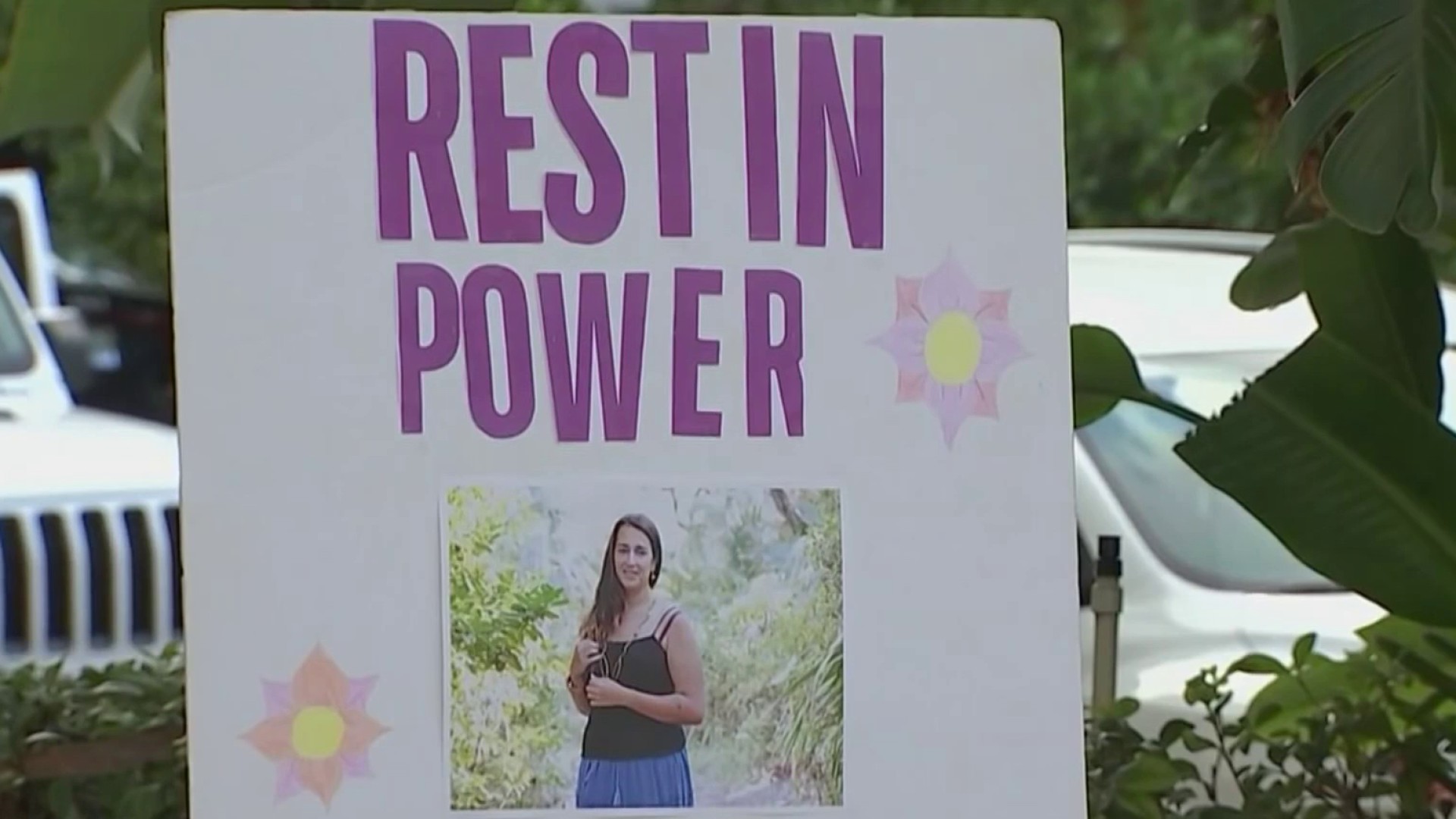The demand for Brazilian Butt Lifts has increased dramatically over the years. The number of surgeons performing it nationwide has more than doubled. But the risk of death after a BBL is 20 times higher than any other cosmetic surgery.
Those are just some of the findings of a report that started after NBC 6 Investigators reported on women dying in South Florida after having the surgery.
A task force of 11 surgeons, pathologists and statisticians with funding from the Aesthetic Surgery Education and Research Foundation published a report Tuesday in the Aesthetic Surgery Journal.
The task force sent a survey to nearly 5,000 plastic surgeons worldwide to determine how often people were dying. They also gathered additional data and interviews about plastic surgery deaths.
Constantino Mendieta, MD, FACS, of Miami was one of the authors of the report. He says he's performed thousands of Brazilian Butt Lifts.
He wanted to be part of the task force because of the deaths that were being reported.
"It's definitely a problem that we were extraordinarily concerned with," Mendieta said. "Those numbers were a little shocking and a little surprising to me."
Local
The task force says it confirmed 25 deaths in the United States. The NBC 6 Investigators have uncovered eight women who died locally.
In a Brazilian Butt Lift, fat is taken from an area where it's unwanted like the stomach. It's then transfered into the butt to make it more plump and full.
The women who died in South Florida died from what's known as a fat embolism. That can happen when fat is injected into the body, often too deeply. It can get into a patient's bloodstream and cause them to stop breathing.
The study showed it's not the amount of fat getting injected that's dangerous. It's how it's being injected that can be a problem.
"Fat goes into the vein and travels into the lung. Then it can lead to a fatality," Mendieta said. "You're trying to avoid hitting those vessels."
Among the recommendations is for surgeons to avoid injecting into the deep muscle, use a single hole injection cannula smaller than 4.1mm diameter and watch out for the angle of the cannula.
The report also recommends warning patients of the risk of a fat embolism and what it can cause.
It also calls for more research to be done into the issue.
Click here to read the report in its entirety.



